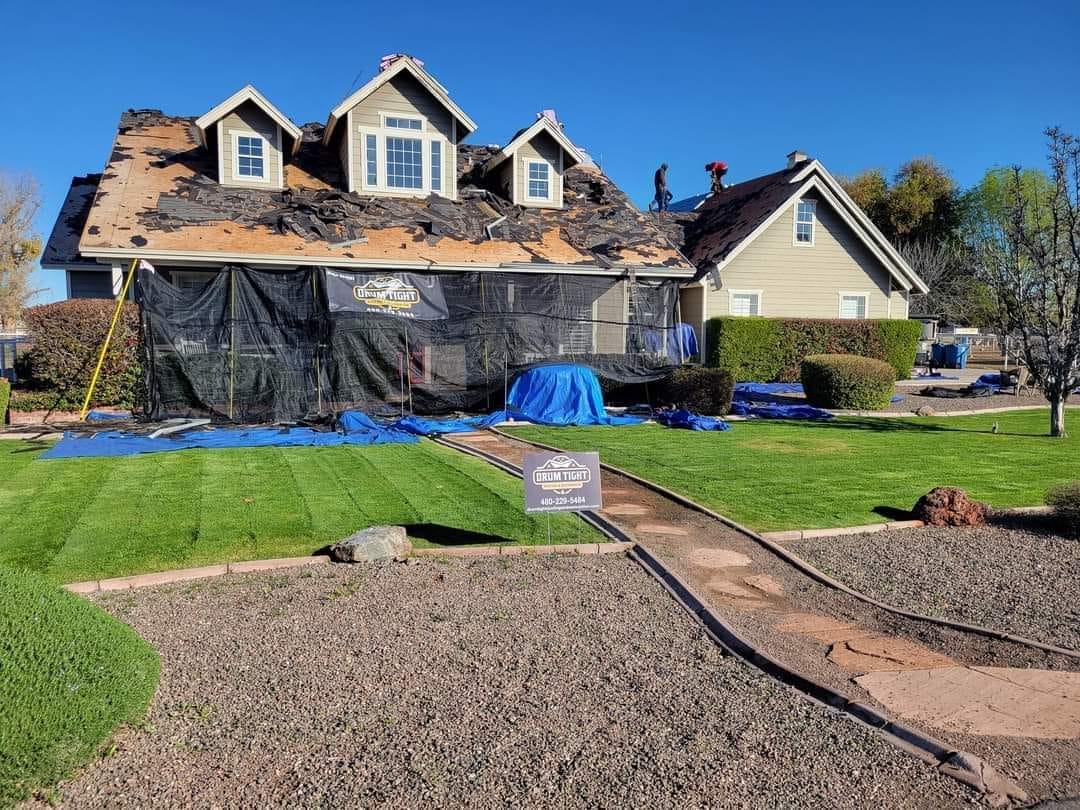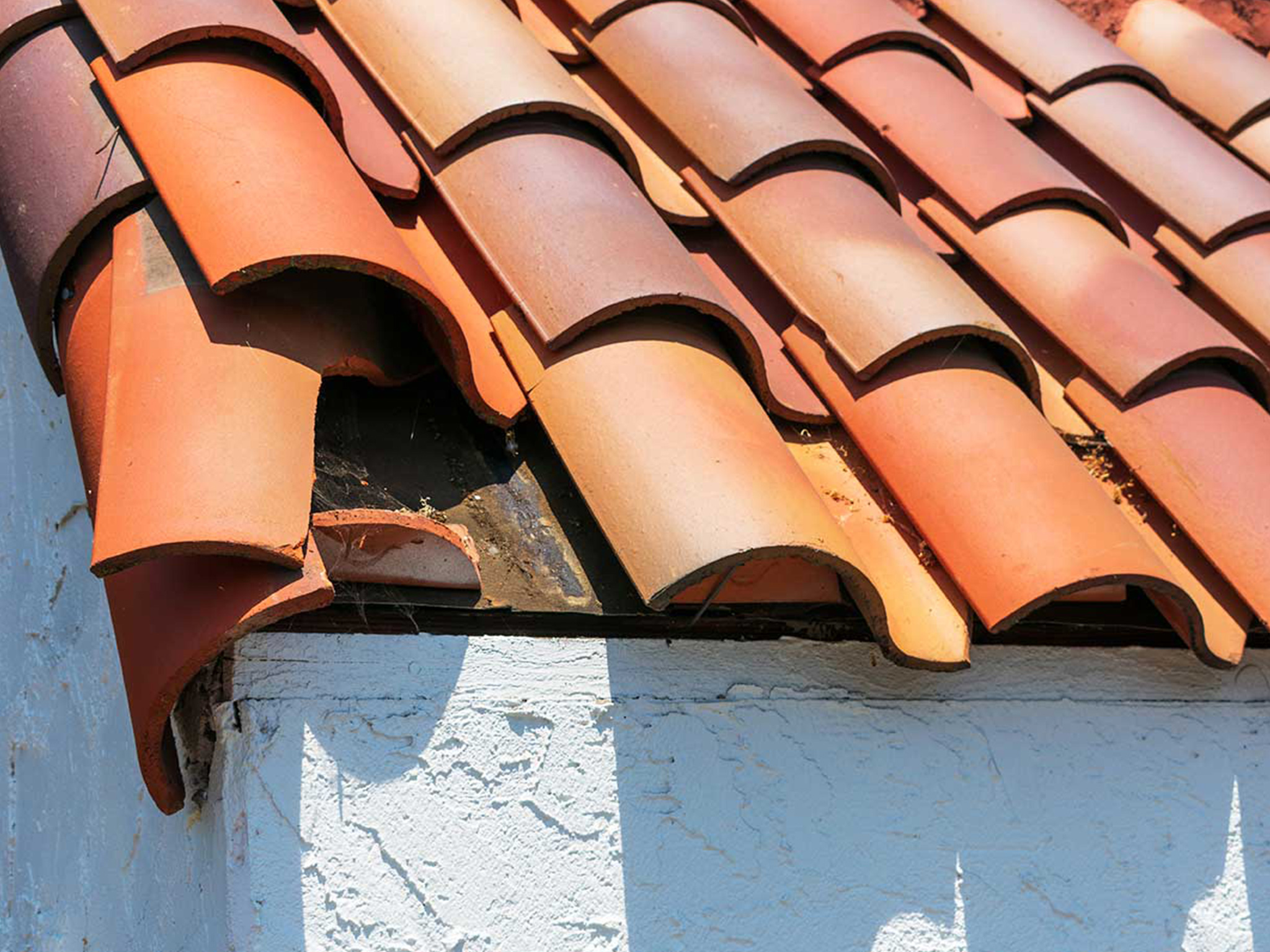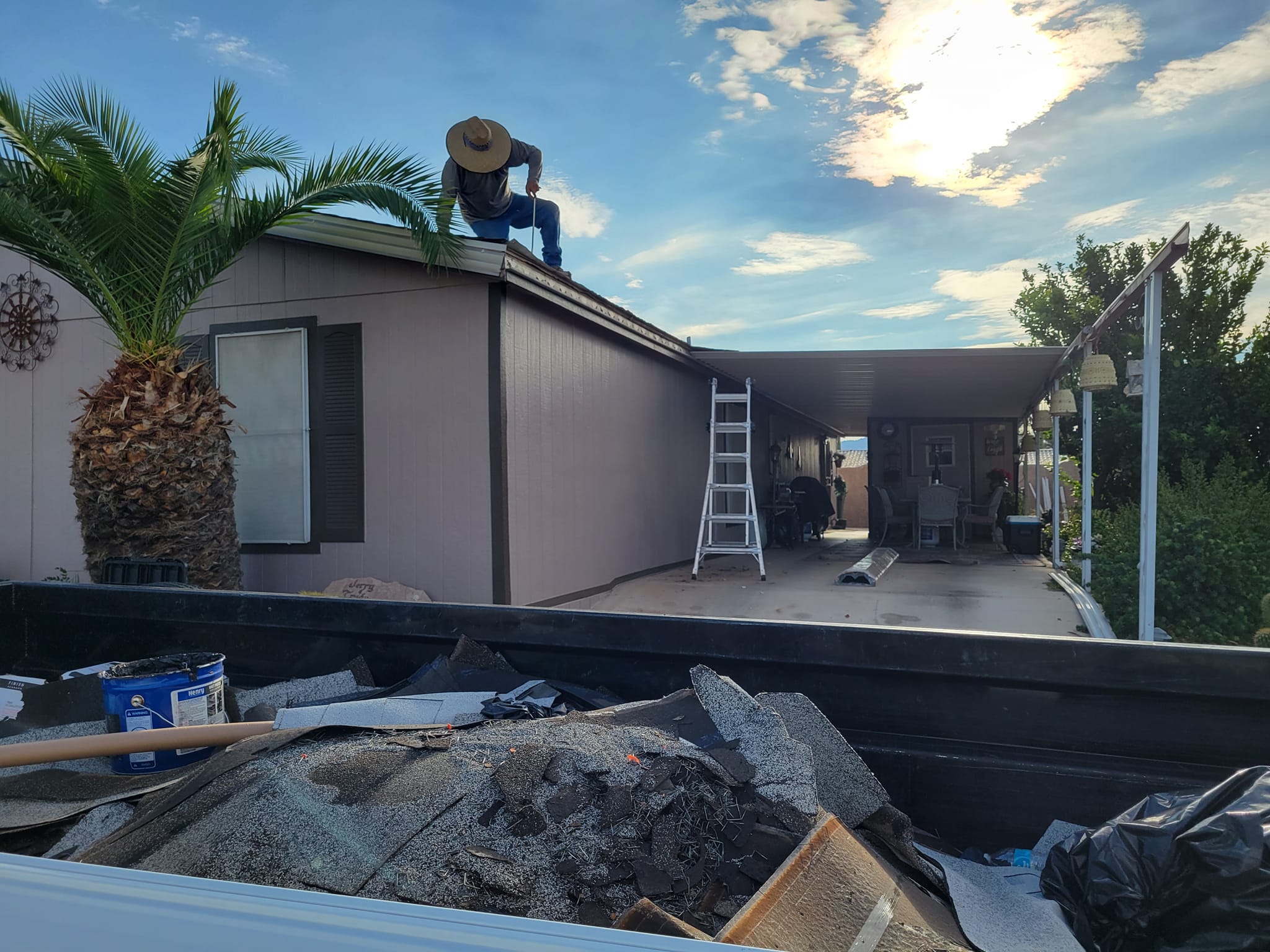
Warning Signs Your Roof Needs to Be Replaced
October 24, 2024A Guide to Choosing
the Best for Your Home
When it comes to building or renovating a home, one of the most important decisions you'll make is choosing the right type of roofing. The roof not only protects your home from the elements but also plays a major role in its aesthetic appeal and overall value. With so many roofing options available, it can be overwhelming to determine which one is best suited to your needs, climate, and budget. In this blog post, we'll explore the various types of roofing materials, their benefits, and what factors to consider when making your choice.
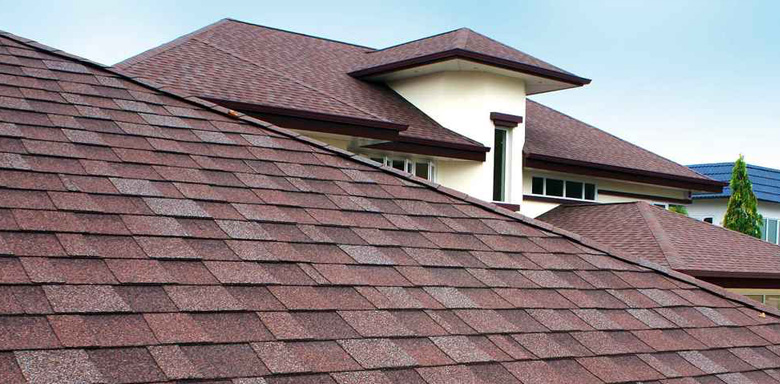
1. Asphalt Shingles: The Most Common Roofing Option
Overview
Asphalt shingles are by far the most common type of roofing material in North America. Made from a base of fiberglass or organic materials, these shingles are coated with asphalt and granules that provide waterproofing and UV protection.
Benefits
Affordable: Asphalt shingles are one of the most budget-friendly options available.
Variety of Styles: Available in a wide range of colors and styles, including architectural (laminated) shingles that mimic the appearance of slate or wood.
Easy to Install: Asphalt shingles are relatively simple to install, making them a popular choice for many homeowners and contractors.
Durability: With proper maintenance, asphalt shingles can last between 20 to 30 years.
Considerations
Climate Limitations: They are less ideal for extreme weather conditions, such as heavy snow, strong winds, or extreme heat.
Environmental Impact: Asphalt shingles are not the most eco-friendly option as they are made from petroleum-based products.
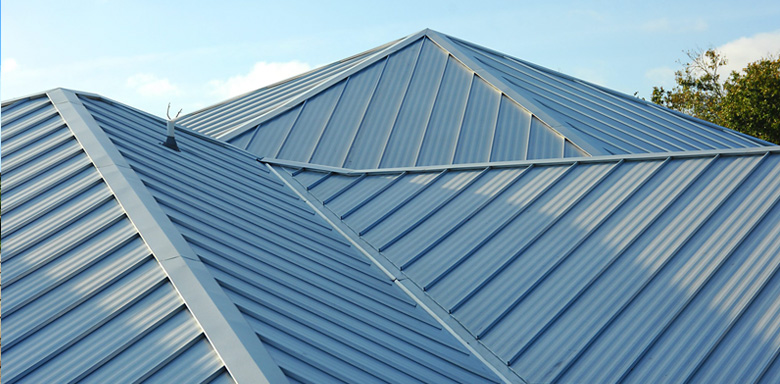
2.Metal Roofing: Durability Meets Modern Design
Overview
Metal roofing is becoming increasingly popular due to its impressive durability and energy efficiency. This type of roofing can be made from a variety of metals, including steel, aluminum, copper, and zinc. Metal roofs come in panels or shingles and are available in a wide array of colors and finishes.
Benefits
Longevity: Metal roofs can last 40 to 70 years, making them a long-term investment.
Weather Resistance: Extremely durable, metal roofs can withstand heavy rain, snow, wind, and even fire. They are also resistant to cracking, shrinking, and eroding.
Energy Efficiency: Metal reflects solar heat, reducing cooling costs during hot months.
Eco-Friendly: Many metal roofing materials are made from recycled metals and are fully recyclable at the end of their lifespan.
Considerations
Cost: Metal roofing is generally more expensive than asphalt shingles upfront.
Noise: Metal roofs can be noisier during heavy rainfall or hailstorms, though this can be mitigated with proper insulation.
Installation: Proper installation is crucial to prevent leaks and ensure long-term performance.
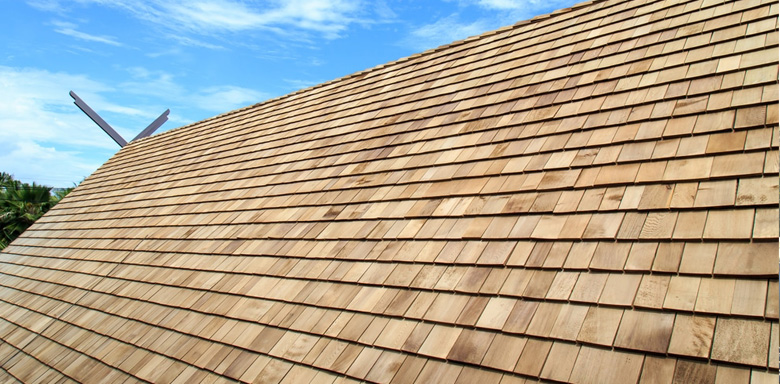
3. Wood Shingles and Shakes: Natural Charm with a Rustic Feel
Overview
Wood shingles and shakes are made from natural wood, typically cedar, pine, or redwood. While they provide a beautiful, rustic aesthetic, they require more maintenance than other types of roofing.
Benefits
Aesthetic Appeal: Wood roofs provide a classic, natural look that complements a variety of architectural styles.
Insulation: Wood is a natural insulator, helping to maintain your home's temperature.
Environmentally Friendly: MIf sourced sustainably, wood shingles are a renewable resource and can be recycled.
Considerations
Maintenance: Wood shingles and shakes require regular maintenance to prevent mold, mildew, and rot. They also need to be treated for fire resistance.
Durability: Wood roofing typically lasts 20 to 30 years, but it is more vulnerable to damage from the elements, especially moisture.
Cost: Wood roofing can be on the pricier side, especially for high-quality materials.
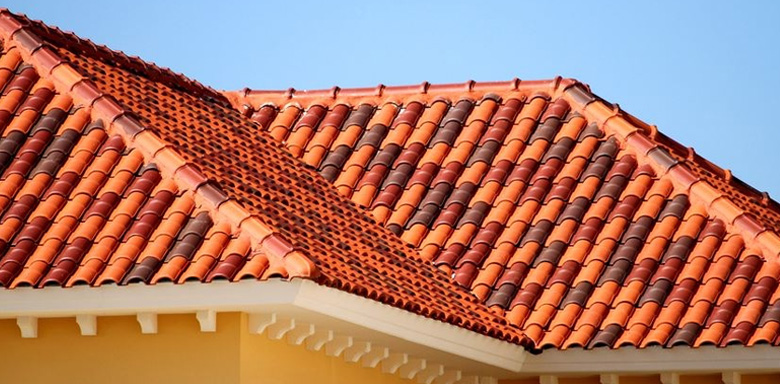
4. Clay and Concrete Tiles: Timeless Elegance with Long-Lasting Performance Overview:
Overview
Clay and concrete tiles are known for their durability, distinctive appearance, and excellent protection against the elements. Common in Mediterranean, Spanish, and Southwestern-style homes, these tiles add a unique, elegant touch to any property.
Benefits
Longevity: Clay and concrete tiles can last 50 years or more with proper maintenance.
Fire Resistance: Both clay and concrete tiles are highly fire-resistant, making them a safe option in areas prone to wildfires.
Energy Efficiency: The materials are naturally insulating and can help keep homes cooler in the summer.
Aesthetic Appeal: Available in various colors, shapes, and finishes, tile roofs can complement a wide range of home styles
Considerations
Weight: Tile roofs are heavy and may require additional structural support.
Cost: Clay and concrete tiles are expensive, both in terms of material and installation costs.
Fragility: While durable, tiles can crack if walked on or during a significant impact, such as a falling tree branch.
#TEAMDRUMTIGHT
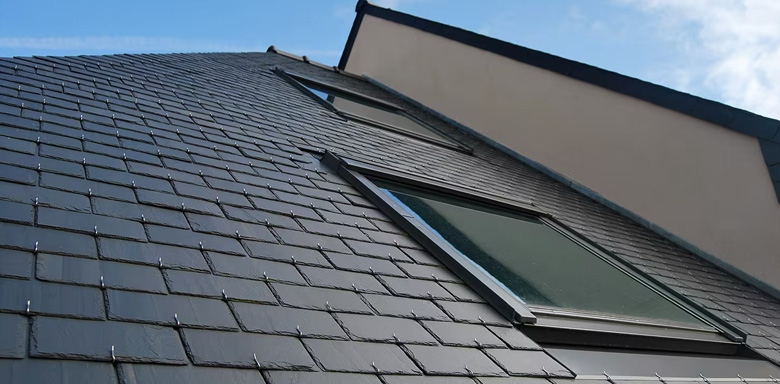
5. Slate Roofing: Premium Quality and Classic Beauty
Overview
Slate is a natural stone roofing material that offers timeless beauty and remarkable durability. Though it’s one of the most expensive roofing options, it’s often considered the epitome of luxury in roofing materials.
Benefits
Extremely Durable: Slate can last over 100 years if maintained properly, making it one of the longest-lasting roofing materials.
Aesthetic Appeal: Slate roofs have a unique, sophisticated appearance that can significantly enhance a home’s curb appeal.
Fire and Water Resistance: Slate is fireproof, waterproof, and resistant to mold, making it an excellent choice for protection against the elements.
Considerations
High Cost: Slate roofing is expensive to install and repair, making it a significant investment.
Heavy Weight: Like clay tiles, slate requires additional structural support due to its weight.
Fragility: Slate tiles can be brittle and may crack if walked on improperly.
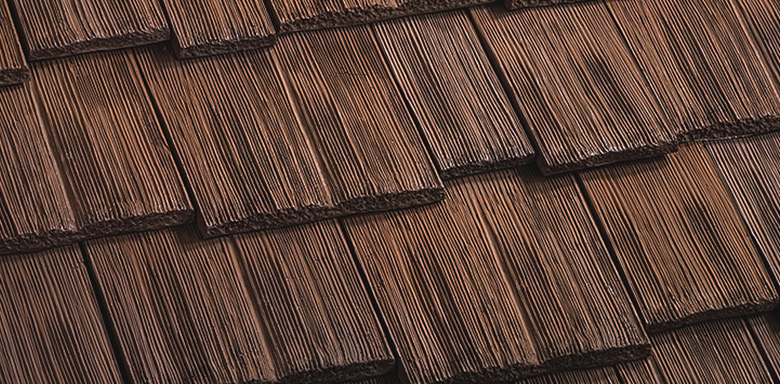
6. Synthetic Roofing Materials: Innovation Meets Functionality
Overview
Metal roofing is becoming increasingly popular due to its impressive durability and energy efficiency. This type of roofing can be made from a variety of metals, including steel, aluminum, copper, and zinc. Metal roofs come in panels or shingles and are available in a wide array of colors and finishes.
Benefits
Lightweight: Synthetic roofs are lighter than traditional options like slate or clay, reducing the need for extra structural support.
Durable: Many synthetic roofing materials are designed to resist weathering, impact, and UV damage.
Eco-Friendly: Synthetic roofing materials are often made from recycled products and are recyclable at the end of their lifespan.
Considerations
Cost: High-quality synthetic roofing options can still be costly, though they are generally more affordable than natural materials like slate or wood.
Newer Technology: Some synthetic materials are newer to the market and may not have the same proven track record as more traditional options.
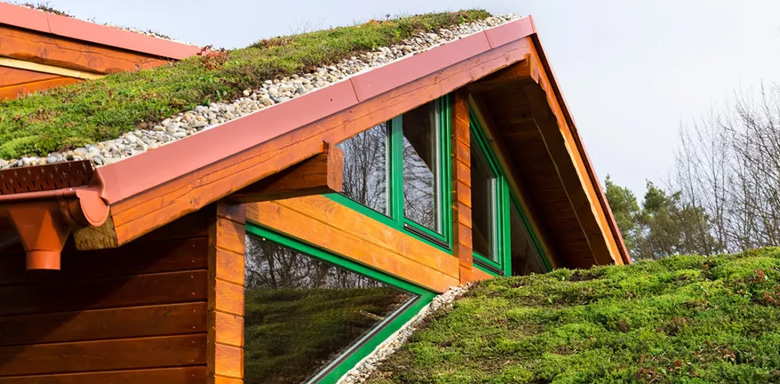
7. Green Roofing: Eco-Friendly and Sustainable
Overview
Green roofs, also known as living roofs, are covered with vegetation, providing environmental benefits such as reducing heat island effects, improving air quality, and managing stormwater.
Benefits
Eco-Friendly: Green roofs contribute to sustainability by absorbing rainwater, improving air quality, and providing insulation.
Aesthetic Appeal: They can turn any roof into a natural, green space, adding beauty to urban environments.
Energy Efficiency: Green roofs help maintain a comfortable temperature inside the building by providing natural insulation.
Considerations
Maintenance: Green roofs require regular care, including watering, weeding, and soil management.
Cost: Installing a green roof can be expensive, particularly in terms of preparation and structural support.
Conclusion:
Choosing the Right Roof for Your Home
Selecting the right roofing material involves considering various factors, such as budget, climate, durability, aesthetic preferences, and long-term maintenance. Whether you opt for affordable asphalt shingles, the elegance of slate, or the energy efficiency of metal, make sure to work with a trusted roofing professional to guide you through the decision-making process and ensure a high-quality installation.
No matter your choice, the right roof can protect your home, enhance its value, and provide peace of mind for years to come.

